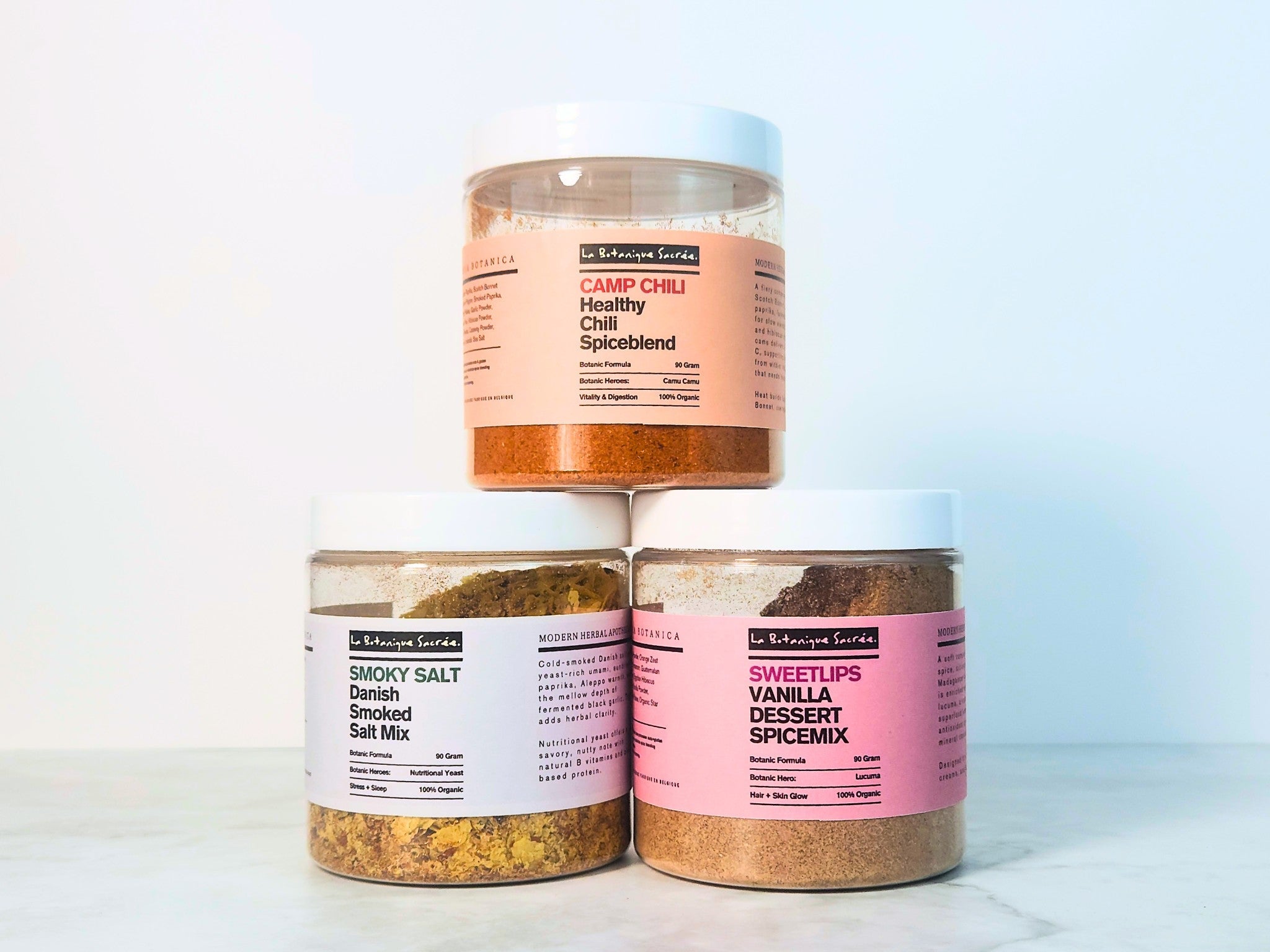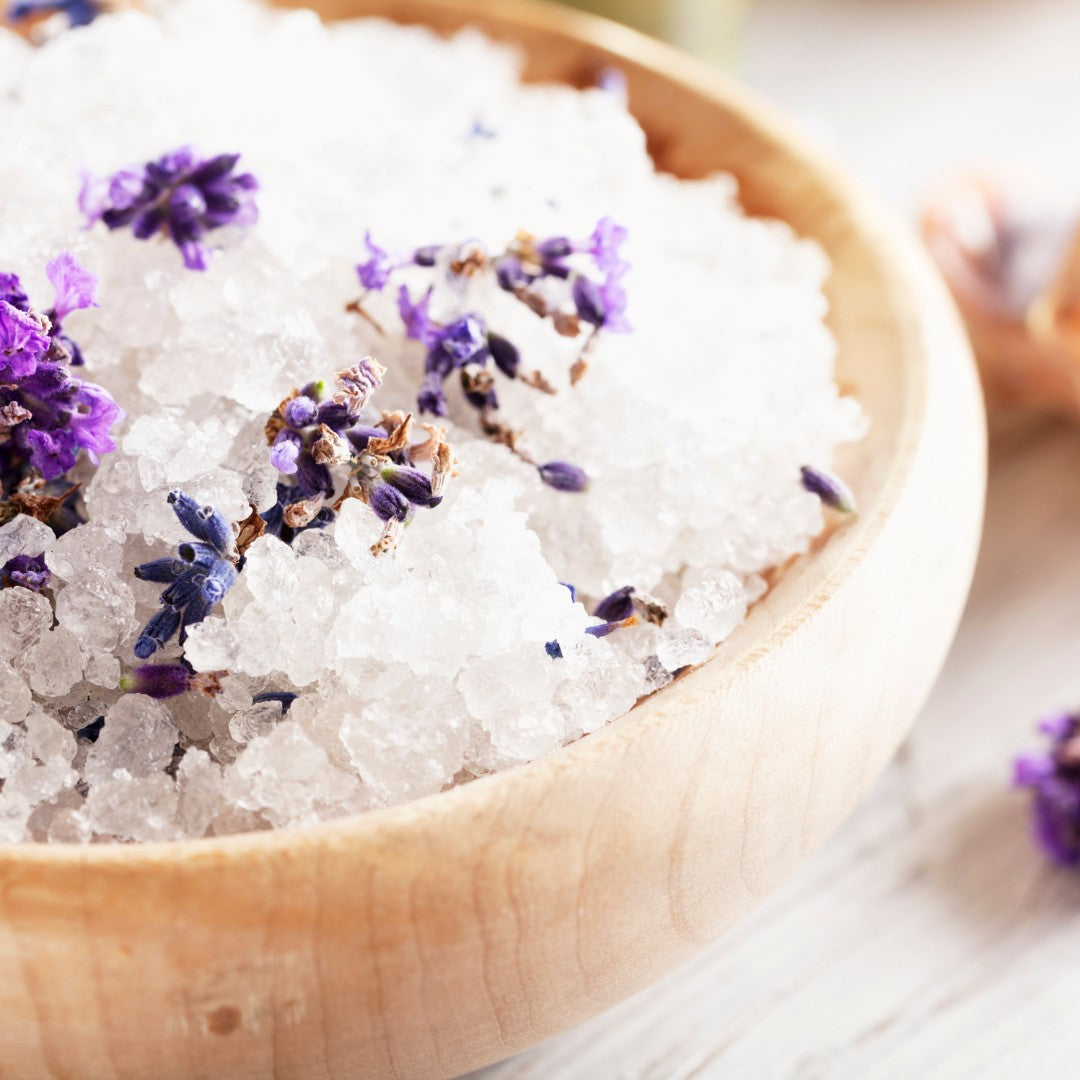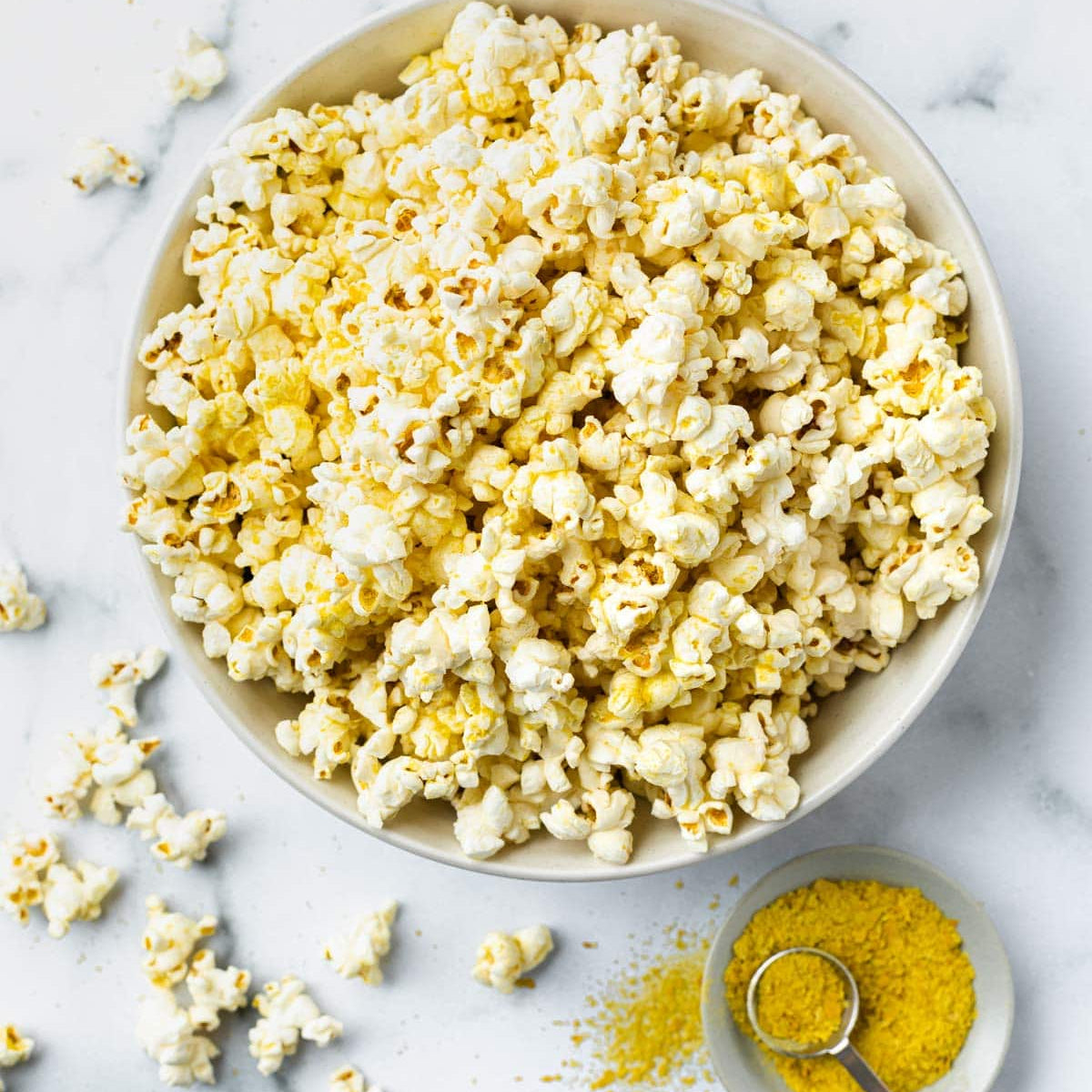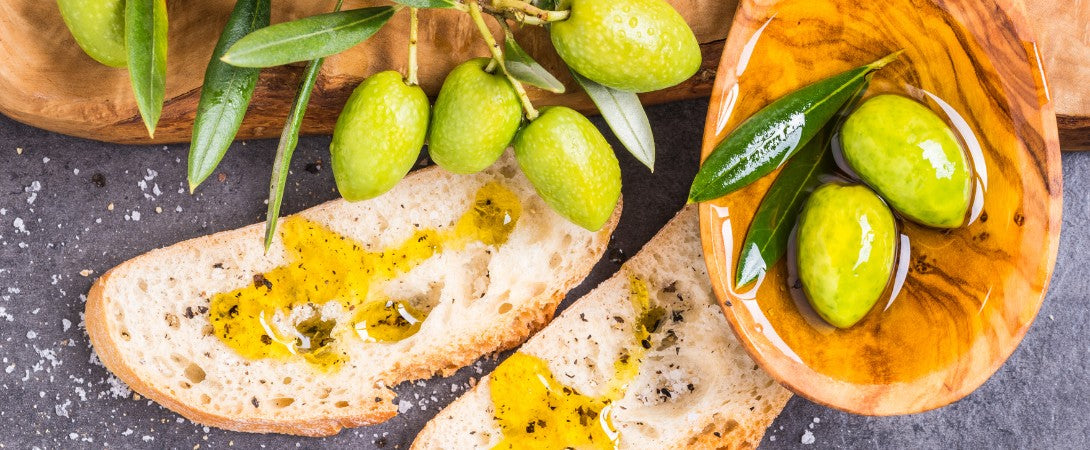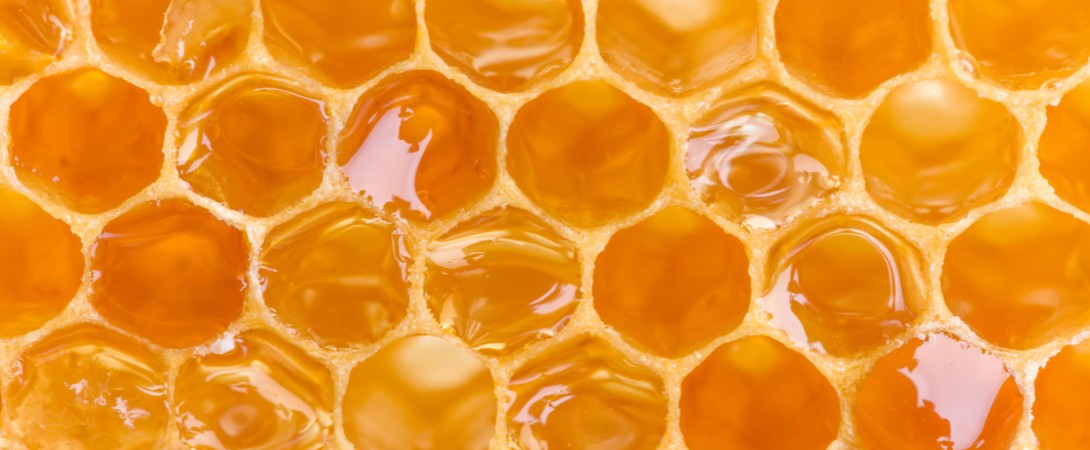Yuzu zest powder for freshness
Aroma sets the benchmark for La Botanique Sacrée’s Yuzu Zest powder. Only ripe Japanese yuzu fruit harvested in Kōchi are cold dried within hours then finely milled, capturing the bright volatile oils that ordinary mixed citrus zest loses during bulk dehydration.
This meticulous method concentrates yuzu flavour, vitamin richness, and the fruit’s signature floral lift, placing Yuzu Zest powder at the pinnacle of modern apothecary citrus ingredients.
Yuzu Zest powder offers an emerald‑yellow hue, free‑flowing texture, and instantly soluble particles that outperform generic lemon or lime zest in both potency and shelf stability.
Science and Composition
Chemical Composition
Yuzu Zest powder carries up to eighty percent limonene within its essential‑oil fraction, alongside γ‑terpinene, α‑pinene, and myrcene, mirroring the composition of fresh Japanese yuzu zest.
The powder preserves approximately fifty‑nine percent of the daily vitamin C value per 100‑gram equivalent because low‑temperature drying prevents ascorbic acid degradation.
Mature yuzu fruit also shows higher total phenolics and antioxidant activity than most commercial citrus, a property retained in well‑sealed Yuzu Zest powder.
Combined polyphenols and essential oils give the powder a measured oxidative‑reduction potential that supports lipid stability when used in spice blends.
Origin & Nutritional Composition
Native to the Yangtze drainage, yuzu citrus fruit crossed into Japan over a millennium ago and adapted to upland valleys where cold snaps occur. The yuzu citrus tree withstands temperatures close to minus nine Celsius and still sets fruit, a resilience rare among Citrus.
Japan now produces roughly twenty‑seven thousand tonnes annually, with Kōchi prefecture commanding half the domestic share.
Nutritionally, freeze‑dried Yuzu Zest powder provides fibre, potassium, carotenoids, and trace copper alongside its well‑publicised vitamin C payload.
Reported Health Benefits
The vitamin C and polyphenol synergy in Yuzu Zest powder delivers free‑radical scavenging comparable to synthetic antioxidants in model systems .
The fragrant limonene fraction supports a perceived lift in mood when inhaled, while topical application of diluted yuzu extracts demonstrates mild elastase inhibition in vitro, suggesting skin‑supportive potential.
Although culinary use remains primary, the powder’s antioxidant capacity permits formulators to cut synthetic preservatives in oil‑rich products.
Heritage and Function
Cultural Significance & Historical Significance
Scholars answer What is yuzu? by tracing the fruit’s path from ancient China to Heian‑period Japan, where monastery gardens preserved unique grafts.
As early as the eighth century court diaries note the Zen practice of scenting robes with yuzu peels during meditation.
The winter solstice yuzu bath, or yuzuyu, developed later; bathing with whole Japanese yuzu on the coldest night was believed to ward illness and invite good fortune.
In regional kitchens, yuzu fruit juice appeared in ponzu sauces, while powdered zest intensified pickles long before refrigeration. Today, yuzu kosho—a fermented mash of chili, salt, and Yuzu Zest powder—remains a hallmark condiment across Kyushu.
Flavor Profile
Frequently asked What is a yuzu fruit and how does it taste? The answer: tartness akin to grapefruit, sweetness reminiscent of mandarin, and floral notes unique to yuzu flavour.
Yuzu Zest powder accentuates these layers with concentrated oils, producing a bright top note, gentle mid‑palate bitterness, and lingering perfume often compared to honeysuckle and fresh pine.
The powder dissolves quickly, delivering immediate aroma without acidulation, allowing chefs to fine‑tune salt and sugar independently.
Fun Tidbits
- Hardy yuzu citrus trees were historically planted at temple entrances as living thermometers; fruit set signalled winter resilience.
- European pastry chefs prize Yuzu Zest powder in pâte de fruit for clean citrus without excess moisture.
- The 2019 Paris Bartender Collective named Yuzu Zest powder the flavour upgrade of the year in low‑alcohol spritzes.
- In Japan, families sometimes float hollowed yuzu citrus fruit filled with hot sake during New Year to symbolise warmth and prosperity.
La Botanique Sacrée's Approach
La Botanique Sacrée prefers Yuzu Zest powder for clarity of flavour, resilient vitamin content, and striking scent. The powder aligns with the modern apothecary philosophy of precision and sensory restraint. Its rapid solubility supports our mandate for uniformly textured blends, while the fruit’s Japanese heritage satisfies our archival pursuit of exacting origin integrity.
Our Yuzu Zest powder is 100 percent pure ground yuzu peel sourced from certified‑organic orchards in Japan. The fruit is harvested at peak maturity, gently air‑dried below 40 °C, and finely milled without carriers, fillers, or anti‑caking agents.
Products featuring ground thyme
YUZUKOSHO - Japanese citrus pepper salt on Icelandic flakes with freeze-dried yuzu, lemon, and loomi; green jalapeño heat and coral-mineral depth.
MY ZESTIE - Fruit-finishing Icelandic flake salt with sumac, hibiscus, yuzu, lemon, gentle Aleppo, nana mint, and black lime.
L’AVOCAT - Functional avocado topper where sumac and yuzu sharpen a savory umami base of sesame, dulse, and aromatics.
KAIJU-N - Cajun archetype reworked with yuzu lift, kombu and dulse minerality, and sesame–shiitake umami.
MATCHA SAL - Dessert-friendly finishing salt; ceremonial matcha with yuzu and freeze-dried strawberry, rounded by almond and vanilla.
NOOCHAS — Rosemary’s Baby - Rosemary-led nooch sprinkle with a citrus triad of lemon, yuzu, and black lime; clean white-pepper warmth.




